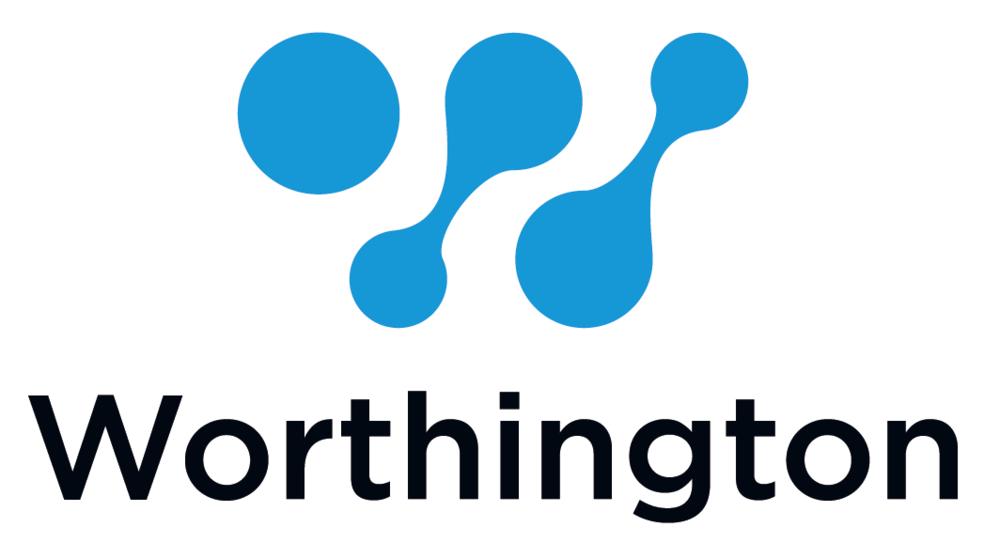PCB Finishes
There are 6 types of finishes. In our world flatness is the key factor in our process control. It ensures a consistent volume of paste and also ensures that we won't have coplanarity issues with BGA's and QFN's. While Lead-Free HASL is flatter than Tin-Lead HASL, it's still not as flat as ENIG, Immersion Silver, or Immersion Tin.
Useful documents
Tin-Lead HASL (Hot Air Solder Leveling)
The gold standard for leaded boards. Not great for fine pitch parts. Should be avoided except for board that we know well and that have nice large parts.
Lead-Free HASL (Hot Air Solder Leveling)
Probably the most popular PCB finish in the world. It's cheap and has a more uniform thickness than leaded HASL. If the PCB has no BGA's or QFN's, this finish will likely work well. But there can be some risk of bridging with QFP devices since the HASL is solder and can spread the same way solder paste does during reflow.
HASL finishes are nice because solder wets to them very easily because, basically, HASL is solder. The biggest disadvantage though is that it's still not as flat as ENIG and it can be difficult to see a misprint with HASL. Because the solder paste and the board finish look so similar. Also, since Tin-Lead HASL and Lead-Free HASL look so similar, it can be hard to tell whether our Lead-Free tools can be used on it. We'd need a certificate from the PCB fabricator making it clear that the PCB's are Lead-Free HASL finished.
ENIG (Electroless Nickel/Immersion Gold)
Perfectly flat finish. The flattest of any finish. The finish is also very hard which is great for edge connectors where the finish might put up with a lot of inserting and removing (like a USB port). It's also nice because then we know, for a certainty, that the finish is safe to use our lead-free tools on. It withstands multiple heat cycles really well. It has a nearly infinite shelf life and does not tarnish like silver.
Another huge benefit is that it prevents copper dissolution during the selective soldering process. Meaning that the solder pot will stay balanced with its alloys.
The biggest drawback (one of the only drawbacks really) is that it is the most expensive finish. Black Pad can be an issue too but it's generally controlled well by the PCB supplier.
OSP (Organic Solderability Protectants)
The most difficult finish to work with. There's just a thin film protecting the copper. This is best for high volume, low quality assemblies where if the cost of throwing out the assembly is cheaper than reworking it. Rework is almost out of the question with this finish. Double-Sided SMT is also difficult and thru-hole after double-sided SMT is almost out of the question. It is very flat though.
Climate control is huge when storing these. They should be kept in a drybox.
Immersion Silver
Very nice and flat finish, however the silver tarnishes easily and finger prints readily appear on them so gloves should be worn when handling the PCB's, which can add a level of complication to the assembly process that we'd rather not deal with.
The PCB's should be stored in a drybox to avoid tarnishing them.
The silver could slowly contaminate the selective solder pot over a long period of time.
Immersion Tin
Very nice and flat finish like immersion silver, but the finish does not tarnish the way silver does, which is nice because then we don't have to wear gloves. However, for double-sided SMT assemblies with thru-hole parts, the finish can start to be consumed by the intermetallic layer, making solderability challenging after so many heat cycles. Tin whiskers can also be a potential issue but this is still being evaluated.
